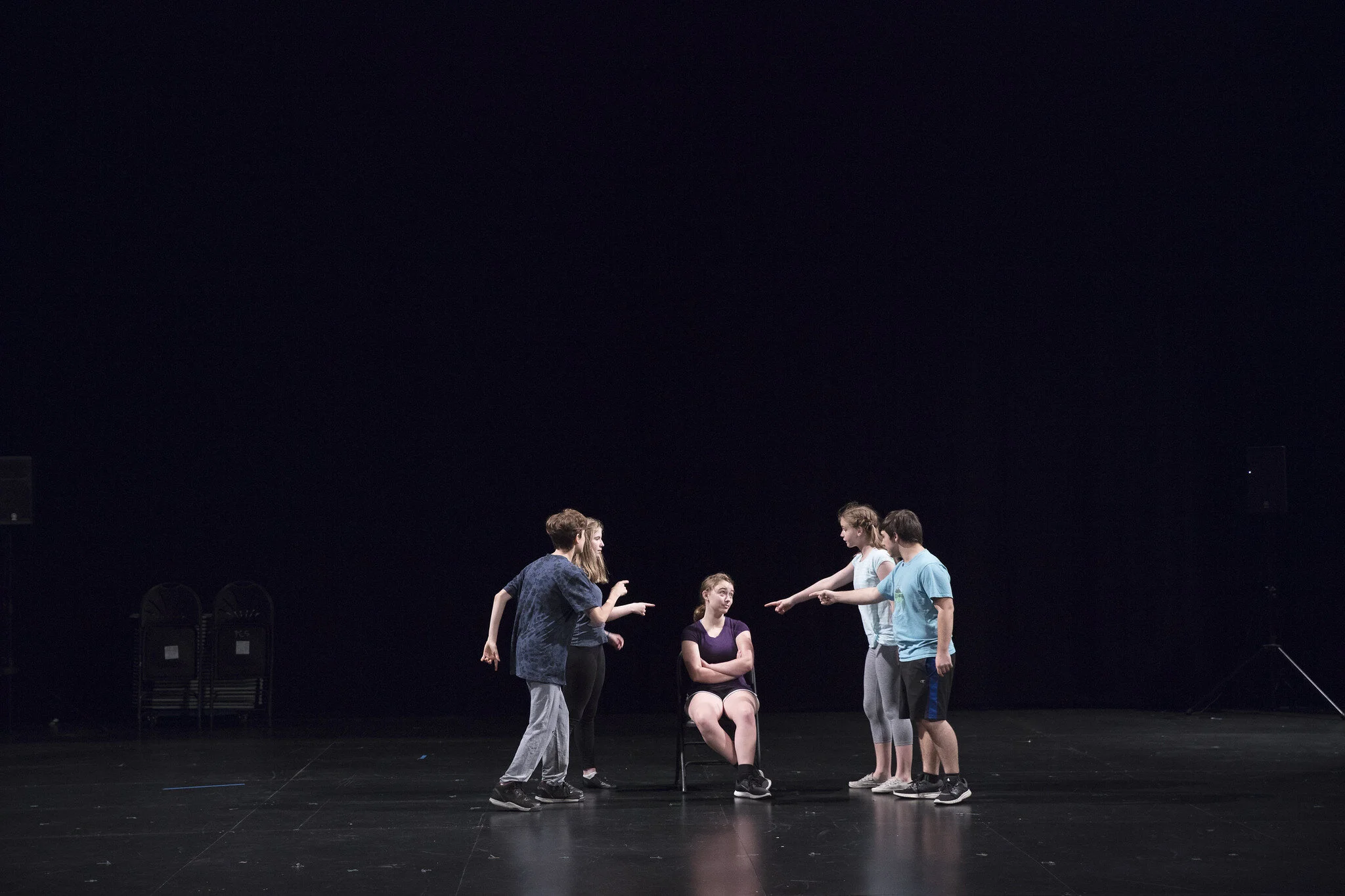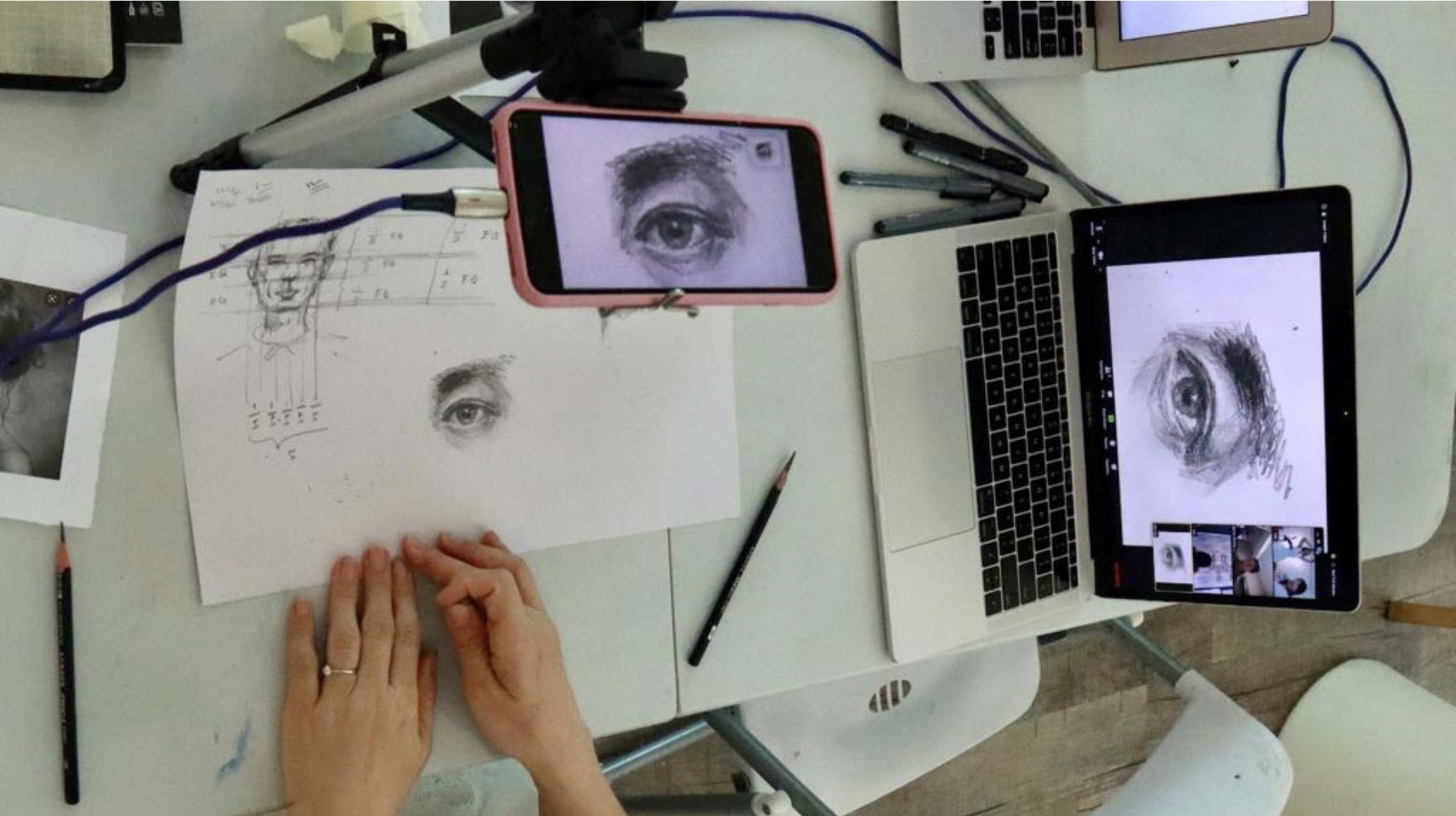Education Resources: Arts Education in COVID-19 Reality
As schools and arts organizations grapple with hybrid, virtual or in-person education in the COVID era, arts educators, institutions, and administrators are entering unprecedented roles, paving the way for arts education with new responsibilities – and new opportunities.
How can arts administrators design and implement educational programming that supports both students and educators? Here, we offer five key suggestions for education programs that will not only help arts organizations survive the current crisis and prepare for reopening, but also secure long-term sustainability.
1. Experiment safely with hybrid or in-person options.
Shifting to a hybrid or in-person format requires, first and foremost, an understanding of the latest science behind the spread of COVID-19, particularly for programs that serve wind instrumentalists and vocalists where the risk of transmission is high. Prior to launching your programming, develop micro and macro contingency plans in the event of an emergency, taking into consideration tips from UNICEF and OSHA.
Learn from the experience of others like the Richmond Ballet, Guggenheim Bilbao, American Shakespeare Center, Maraya Art Center, Dallas Symphony, and Istanbul Modern. Be sure to sign up for our September 9 webinar on re-opening strategies.
2. Support all students with inclusive learning built for virtual.
Recall the terminology and fundamental concepts of instructional design, then implement best practices in online pedagogy to foster an interactive, engaging, and inclusive learning environment. Tailor your program design to your genre or practice and keep your audience at the forefront of your considerations. Can you create engaging opportunities for adult or independent learners? Can you adapt programming for different grade levels or age groups of younger students? Get inspired by museum virtual collections, e-learning and resources.
As always, ensure that learners will have access to any tools, safe transportation options, or information that might be necessary to engage with your content.
3. Support all educators with guidance and resources.
Sometimes the best role is a supporting one. Helping teachers insert arts and culture into their virtual curriculum could be the best way to reach new students in your community.
Regardless of the format of your programming, your organization has an opportunity to provide educators with clear and frequent communications about mitigating spread in the workplace. Take a look at these music educator professional development examples and theatre-specific teaching resources.
4. Keep learners & educators at the cutting edge of their practice.
Create opportunities for public-facing masterclasses, exhibitions, talks, and performances, and market them well. Foster spaces for constructive criticism and artistic collaboration by connecting students to other students- and educators to other educators - within and across your organization’s network. Encourage students and teachers to engage with current events and reimagine the role of the arts in society today, considering the potential for interdisciplinary innovation.
5. Develop beyond the current crisis.
COVID-19 is rewriting the rules for businesses and organizations across industries and across the globe. As we showcased in our innovation highlight, the most forward-thinking arts institutions have been making substantial investments in digital for years; the same is true of education programs. Arts organizations now have an opportunity to dig into uncharted territory and not only retain but also further develop – and find new uses for – digital infrastructure and virtual initiatives.






